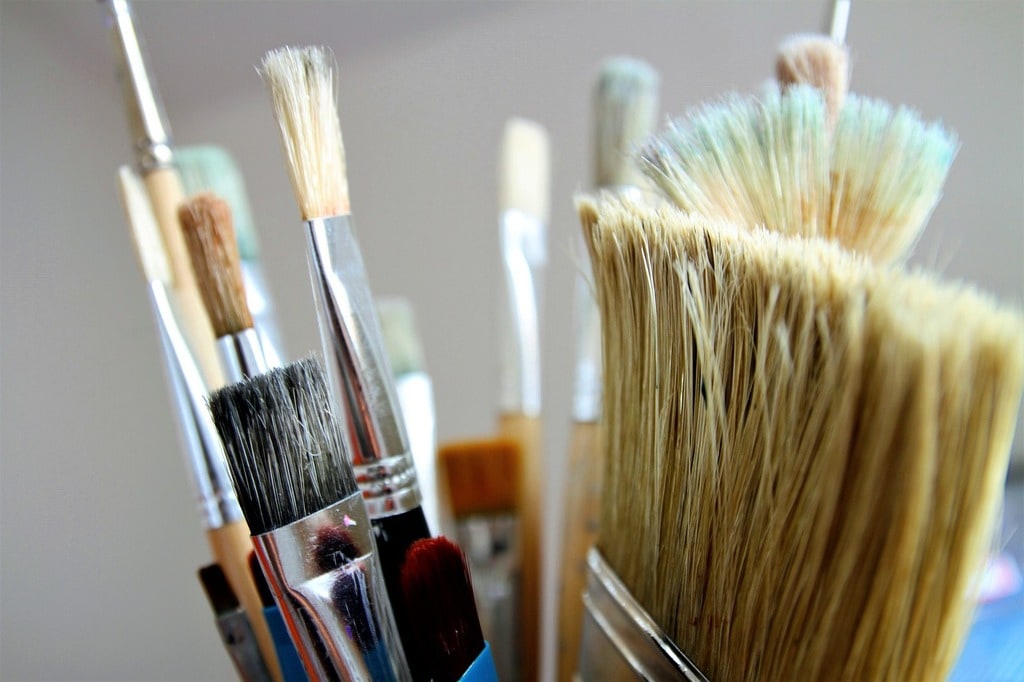Creative expressions take on myriad forms, each allowing individuals to communicate and explore their emotions, ideas, and perspectives uniquely. From visual arts like painting and sculpture to performing arts such as dance and theatre, the spectrum of creative expression is vast and varied. Each art form offers distinct ways to convey meaning and invoke emotional responses, showcasing the boundless human capacity for creativity.
Exploring Creative Expressions Through Different Art Forms
Art forms provide diverse channels for creativity, enabling artists to manifest their visions through various mediums. Visual arts, for instance, include painting, drawing, and sculpture, each with its own set of techniques and materials. Painters might use oils, acrylics, or watercolors to create vibrant canvases, while sculptors work with materials like clay, stone, or metal to bring their ideas into three-dimensional forms.
Visual Arts
Visual arts are perhaps the most traditional and widespread forms of artistic expression. This category encompasses painting, drawing, photography, and sculpture. Each discipline within visual arts offers unique ways to capture and represent the world around us.
Painting allows artists to play with colors, textures, and techniques to convey emotions and stories. Whether through abstract forms or realistic portrayals, painting has a powerful impact on the viewer’s perception and emotions.
Drawing is often the foundation of many other art forms. It enables artists to sketch ideas quickly and explore concepts without the constraints of color or medium. Charcoal, pencils, and ink are commonly used tools in this discipline.
Photography captures moments in time, allowing for both realistic representation and artistic interpretation. Through lenses and various techniques, photographers can manipulate light, perspective, and composition to create compelling images.
Sculpture transforms raw materials into three-dimensional art. This form of art requires a deep understanding of space and form, as well as the physical skill to shape materials like stone, metal, or clay into expressive pieces.

Performing Arts
Performing arts offer a dynamic and interactive mode of creative expression, engaging audiences through live performances. This category includes dance, theatre, and music, each providing a unique way to tell stories and evoke emotions.
Dance uses the body as an instrument of expression. From classical ballet to modern contemporary styles, dance communicates through movement and rhythm. The choreography can convey a wide range of emotions and narratives, making it a powerful medium for storytelling.
Theatre combines various elements such as acting, stage design, and scriptwriting to create immersive experiences. Through dialogue and performance, theatre brings stories to life, engaging audiences in a shared emotional journey.
Music is a universal language that transcends cultural and linguistic barriers. It encompasses a variety of genres, each with its own style and instruments. Composers and musicians use melody, harmony, and rhythm to create pieces that can evoke deep emotional responses.
Literary Arts
Literary arts include writing, poetry, and storytelling. These forms of art rely on language and narrative to communicate ideas, emotions, and experiences.
Writing is a versatile medium that can take many forms, from novels and essays to short stories and articles. Writers use words to build worlds, develop characters, and convey complex themes.
Poetry distills language to its essence, using rhythm, meter, and metaphor to create vivid imagery and emotional depth. Poets often experiment with form and structure to enhance the impact of their words.
Storytelling is an ancient art form that remains vital today. Whether through oral traditions or written narratives, storytelling connects people by sharing experiences and wisdom across generations.
Impact of Art on Society
Art has a profound influence on society, shaping culture and reflecting the human experience. Through various forms of creative expression, artists can address social issues, challenge norms, and inspire change. Art can be a powerful tool for communication and activism, highlighting injustices and advocating for a better world.
To illustrate the diversity of creative expression, here is a list of different art forms and their unique attributes:
- Painting: uses color and texture to create visual impact.
- Sculpture: crafts three-dimensional forms from various materials.
- Photography: captures moments and manipulates light and composition.
- Dance: expresses through movement and rhythm.
- Theatre: combines performance, dialogue, and stagecraft.
- Music: utilizes melody, harmony, and rhythm to evoke emotions.
- Writing: constructs narratives and explores themes through language.
- Poetry: employs metaphor and structure to create vivid imagery.
- Storytelling: shares experiences and wisdom across cultures.
Enhancing Emotional and Psychological Well-being
Engaging with art, whether as a creator or observer, has significant benefits for emotional and psychological well-being. Creating art allows individuals to process their emotions, reduce stress, and enhance self-awareness. Observing art can provide similar benefits, offering a sense of connection and understanding.
Art therapy is a field that specifically uses creative processes to help people manage mental health challenges. Through guided art activities, individuals can express feelings that might be difficult to articulate verbally, leading to greater emotional insight and healing.
Community arts programs also play a crucial role in enhancing well-being. These programs foster social connections and provide a platform for collective creative expression, which can strengthen community bonds and promote cultural understanding.
The Ever-Evolving Nature of Art
Art is continually evolving, influenced by technological advancements and cultural shifts. Digital art, for example, has opened new frontiers for creative expression. Artists now use digital tools to create complex, multimedia works that were previously unimaginable.
Virtual reality (VR) and augmented reality (AR) are also transforming the art world, offering immersive experiences that blend the physical and digital realms. These technologies allow artists to create interactive installations that engage viewers in new and exciting ways.
Street art and public installations have become significant movements, bringing art out of traditional spaces and into everyday life. These forms of art challenge conventional notions of where and how art should be experienced, making it accessible to a broader audience.
The diverse and dynamic nature of art ensures that it remains a vital part of human culture. Through various forms of creative expression, artists continue to inspire, challenge, and connect us, enriching our lives in countless ways.
